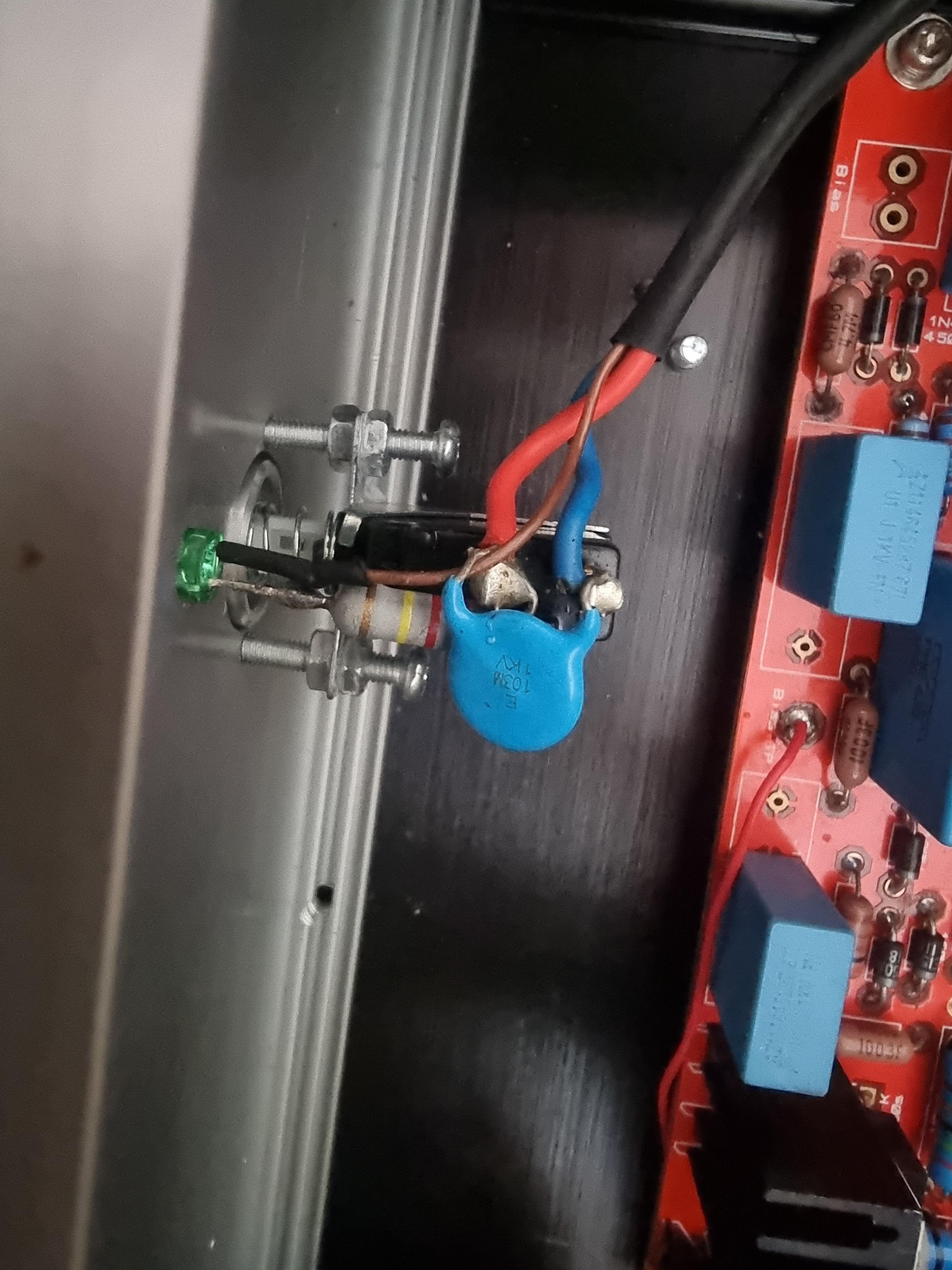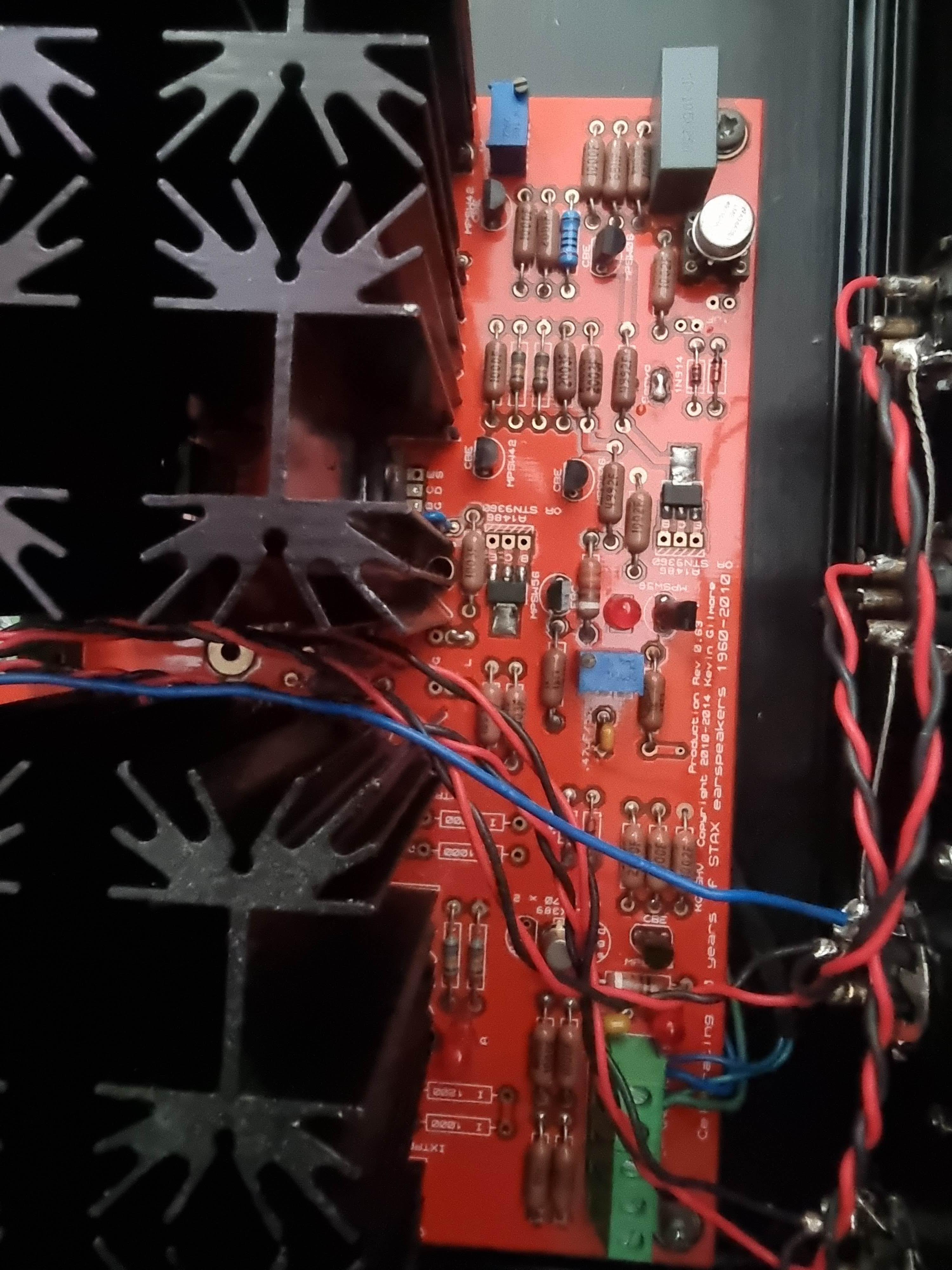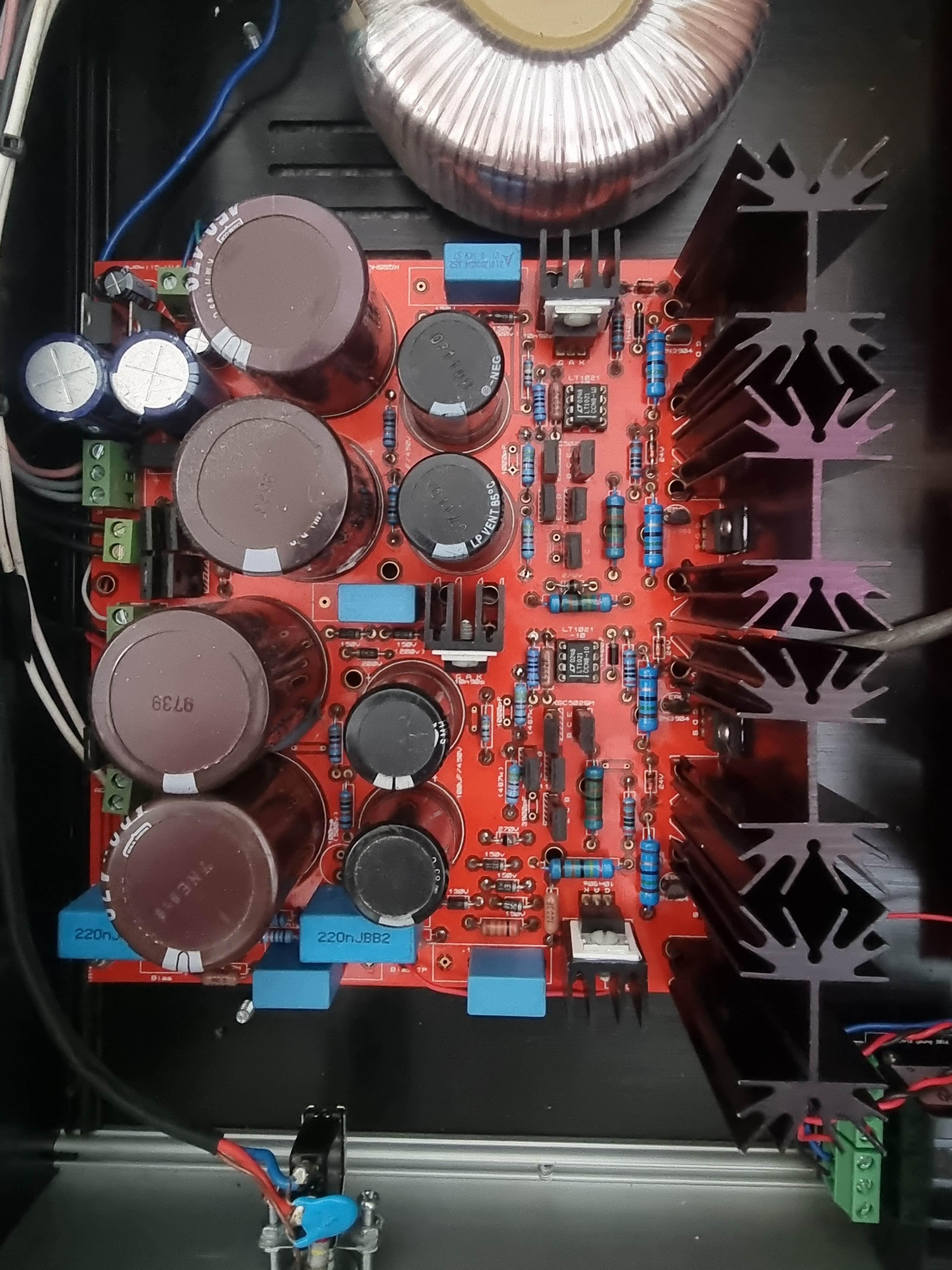loz_the_guru
pfm Member
Hi all,
I have a headphone amp that was hand built (not by me), and recently around ten minutes after powering off a short clicking noise has started to come from it. There's probably one click every five minutes or so for around half an hour. It still works as normal, and I never get any clicking when it's powered up, but I'm worried it may be a sign something is about to fail and do more damage in the way out. The amp in question is a KGSSHV used for Stax headphones, so runs at a high voltage (incase this makes a difference).
Can anyone shed any light?
I have a headphone amp that was hand built (not by me), and recently around ten minutes after powering off a short clicking noise has started to come from it. There's probably one click every five minutes or so for around half an hour. It still works as normal, and I never get any clicking when it's powered up, but I'm worried it may be a sign something is about to fail and do more damage in the way out. The amp in question is a KGSSHV used for Stax headphones, so runs at a high voltage (incase this makes a difference).
Can anyone shed any light?






